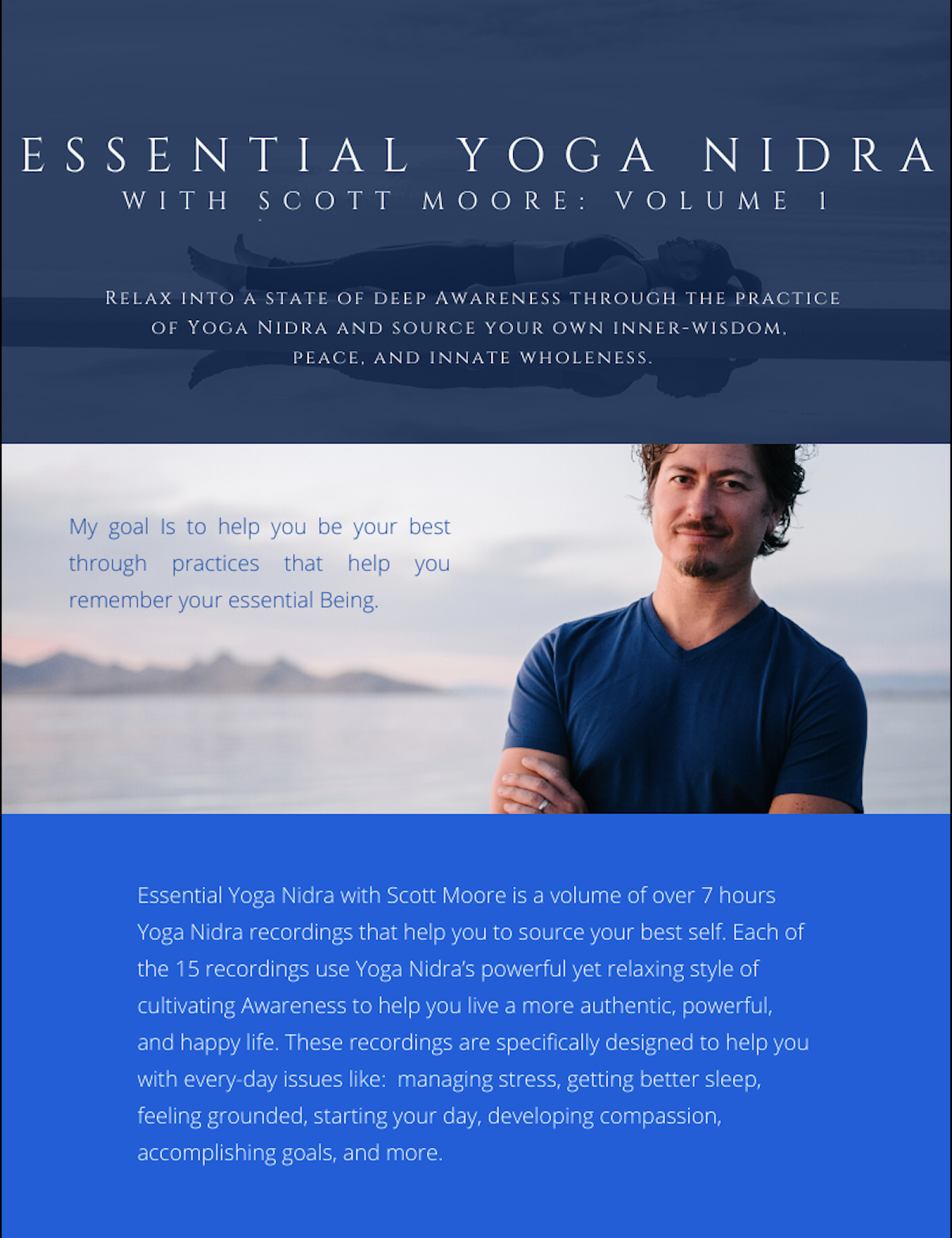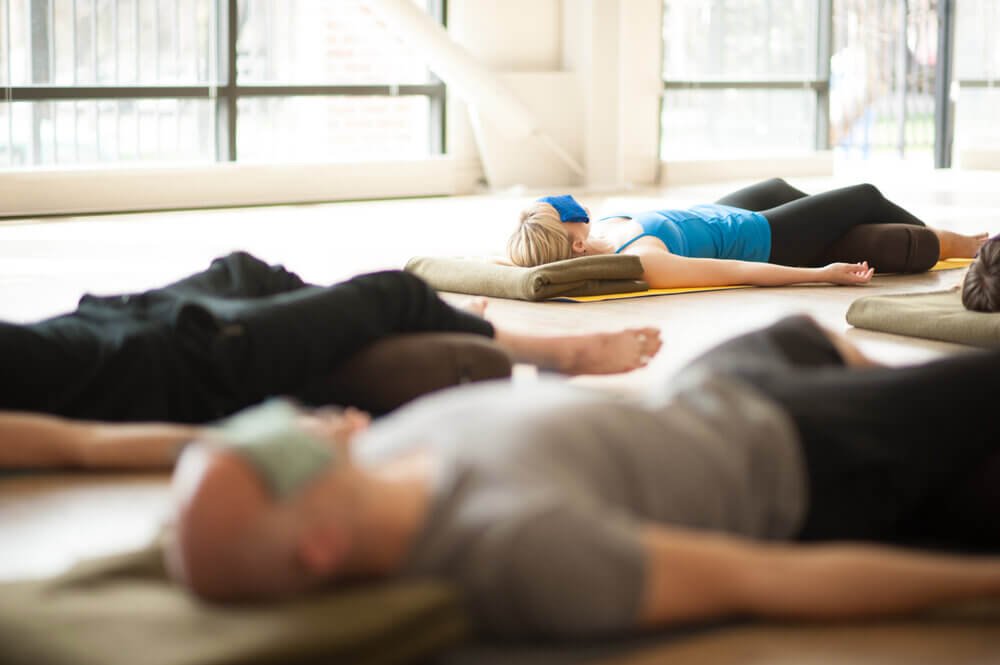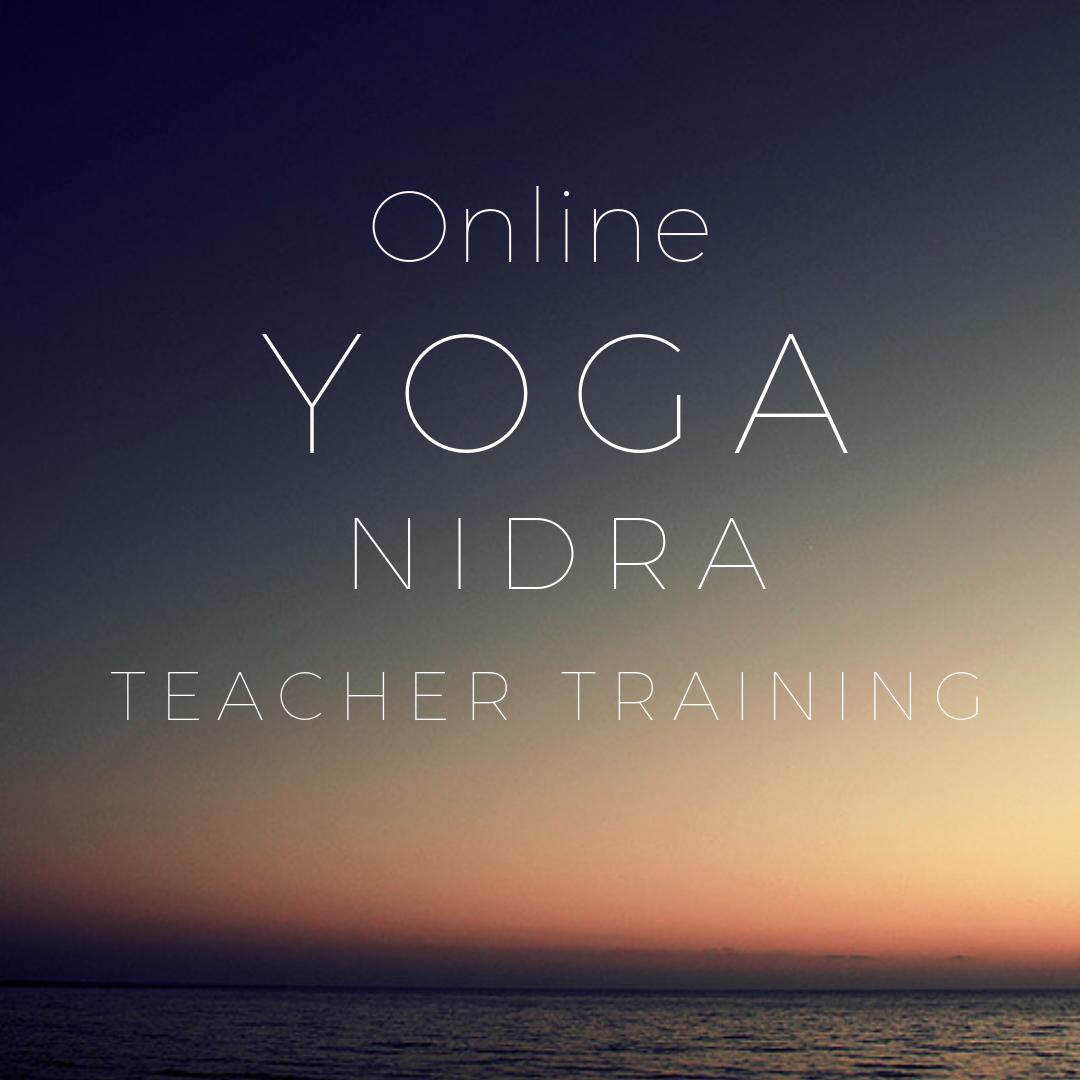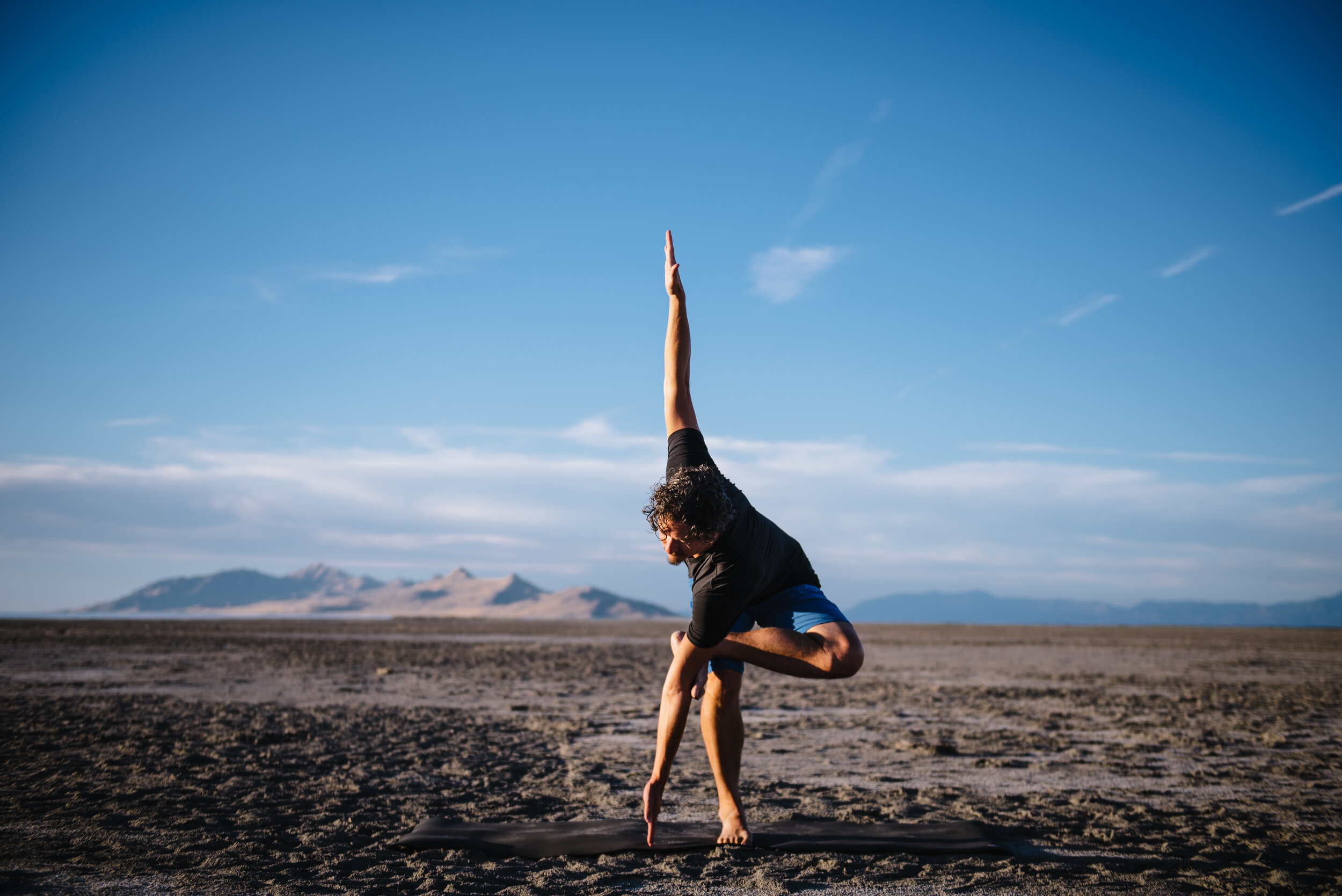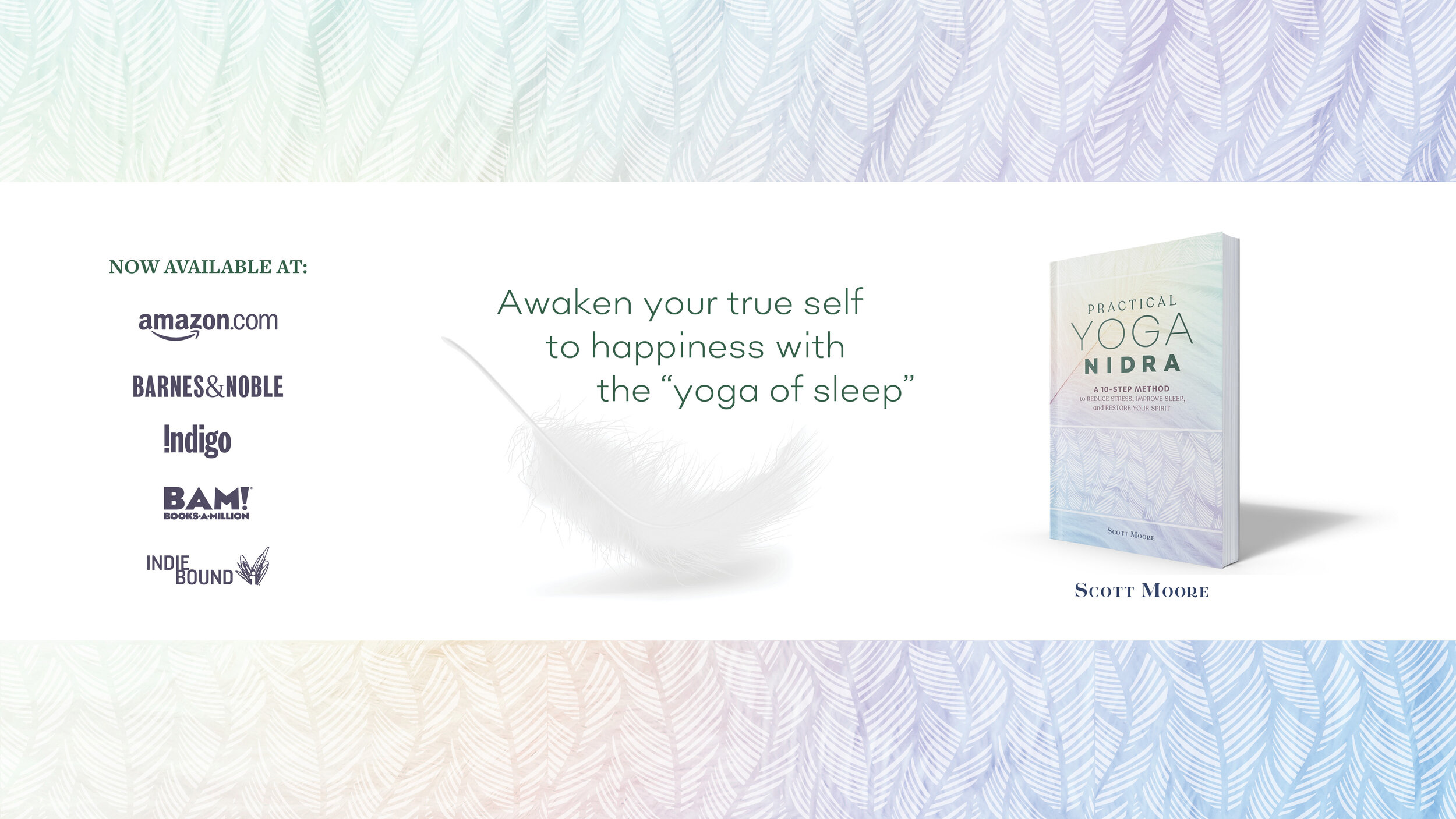I also wanted to share with you an excerpt from my new book, Practical Yoga Nidra, about the importance of Visualizations. I wrote an entire chapter on the topic.
Visualizations are scenes you evoke in your mind by using your senses. Your Inner Sanctuary is a good example of a visualization. Visualizations work with your unconscious mind to adjust ideas of what’s possible and help you live a more fulfilled life with deeper Awareness. The truth is, many of our actions are the product of our unconscious mind, and as you learned earlier, our unconscious mind could even be responsible for 95 percent of the actions we take. Therefore, visualization is a powerful way to understand, decode, and even rewire your unconscious mind.
For most of us, seeing is believing. Remember how your brain doesn’t differentiate very well between what you’re visualizing and what’s happening in real life? If you can see yourself succeeding, you can remove the unconscious blocks that prevent you from meeting your potential. Trust me, you are much more capable than you realize. But while visualizations can give you this deep personal insight, that’s really not their function in our Yoga Nidra practice.
The purpose of visualization in this step of the 10-step method is to practice seeing all parts of yourself to gain Awareness. If in your Awareness through visualization you see that you could respond to some stimuli a bit better in your life, then great. That’s a wonderful by-product of Awareness. Revealing something about your unconscious or gaining a message from your wise inner teacher could, in fact, be that tool that helps you become more aware.
Not all teachers use visualizations in Yoga Nidra, and those who do have their own takes—some simply invite the conscious mind to notice how it responds to concepts and phrases. For example, if you were to ask 10 people what their immediate response to the word “businessman” is, there would be 10 different responses. This kind of visualization reveals what kind of associations you may have and perhaps show how they affect your waking life. Other types of visualizations in Yoga Nidra include graduated exposure to emotional triggers, connecting to spirit guides, noticing and rewiring beliefs around money, and visualizing optimal performance. I personally find visualizations effective in creating powerful action in a person’s life through the practice of Awareness.
What This Practice Does for You
Visualizations in a Yoga Nidra practice help create a conversation between your conscious and unconscious mind. Like your conscious, or thinking, mind, your unconscious mind rests in the Vijnanamaya kosha. A good question might be how the conscious mind can be aware of the unconscious—isn’t that the point, that it’s unconscious? In Yoga Nidra, we go beyond the thinking mind to gain an Awareness that is broad enough to hold both conscious and unconscious mind alike. Yoga Nidra is like a handy bridge between the conscious and unconscious mind so there can be understanding and commerce between the two.
So much of what you believe about what’s possible or what you deserve in the world comes from your unconscious. As you relax and graduate into deepening layers of Awareness through Yoga Nidra, you can reveal some of the unconscious programming that’s running your life. This can be very illuminating to help to decode some of your unconscious actions and decisions like, for example, why you can never take a day off work even if you’re sick or why you keep losing at Scrabble with your best friend even though you can spell the pants off them. I can’t tell you why you don’t think you deserve a day off or why you take a nosedive at Scrabble, but with continued Yoga Nidra practice, including visualization, you can gain some insight and put some positive programming into your unconscious mind.
Aiming for a seven-letter word on the triple-word score square? Have an important presentation to give at work? Want to nail your next job interview? Wondering if you could ever find the love of your life? Using visualizations is an easy and effective way to access or program your unconscious mind to bring your best self forward into conscious action. A lot of famous people have used visualization to bring their best selves forward, including Muhammad Ali, Will Smith, Jim Carrey, Billie Jean King, Oprah Winfrey, and Carli Lloyd, to name just a few. In an interview recorded in the Harvard Business Review, Greg Louganis chalks up his ability for success and focus during competition to his practice of visualization.
Maybe Olympic diving isn’t your focus in life and what you’d love more than a gold medal is to learn to sleep well. Visualization through Yoga Nidra is a very powerful and effective way to help you achieve incredible sleep. One day a student came into Yoga Nidra class with desperation in her bloodshot eyes. “I haven’t slept well in over six months and I’m going crazy. Can Yoga Nidra help that?” she pleaded. “You’re in the right place,” I assured her.
During practice, we visualized getting very relaxed and achieving deep, peaceful, and nourishing sleep. After class she told me that she did not fall asleep during the practice but was the most relaxed she had been in months. She came back to class a few days later and reported that on the night of that Yoga Nidra class, she’d been able to achieve the first good night of sleep in six months. This student is not alone. Unfortunately, inadequate sleep is very common, and something as simple as a visualization through Yoga Nidra is a natural and effective way to help
One you understand the principles of why visualizations work and how to use them, you can guide yourself through your own visualizations independent of your Yoga Nidra practice


































